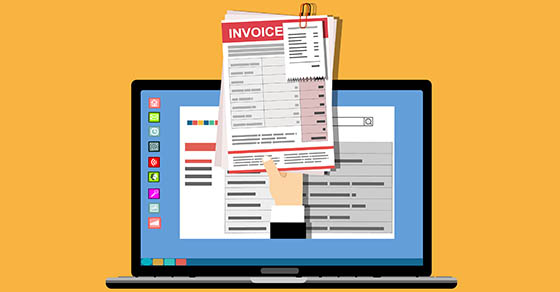 |
 |
|
Edward Fronczkowski, CPA Partner |
Debbie Horn, CPA Partner |
President Trump signed the Tax Cuts and Jobs Act (TCJA) into law before December 31, 2017 but most provisions are not effective until 2018. Many of these have been highly publicized but there are some that have fallen under the radar.
Meals and entertainment
Under the old rules you were generally able to deduct 50% of the cost of business-related meals and entertainment. Providing food and beverages to employees through an on-premises eating facility that meets requirements for de minimis fringe benefits and for the convenience of the employer were previously 100% deductible by the employer and tax-free to the recipient employee. Starting in 2018 expenses for business-related entertainment expenses are not deductible. The cost of meals expense while traveling on business are still 50% deductible, but the 50% limit now also applies to meals provided on the employer’s premises for the convenience of the employer. After 2025, the cost of meals provided to employees on the employer’s premises will no longer be deductible.
Credit for paid family and medical leave
There is a brand-new credit tucked away in the TCJA that gives an incentive for companies to provide paid family and medical leave for their lower-wage workers. A company can claim the credit if it offers at least two weeks of paid leave and all the following are true. The employees must earn less than $72,000 a year (for 2018 to be indexed for inflation), the paid leave covers at least 50% of the employee’s wages and the employer must have a written policy in place. At 50% of wages the company will receive a tax credit equal to 12.5 percent of the paid leave. The credit will increase if the company pays more than 50%. It could go up to a maximum of 25 percent for up to 12 weeks of leave.
Like-kind exchanges – Equipment and Vehicles loophole closed – Real Estate Only
The old law allowed no gain or loss to be recognized if the property was held for productive use in a trade or business. For example, if a taxpayer held a piece of equipment, property A that had a fair value that exceeded the adjusted cost basis the gain could be deferred if the taxpayer exchanged this property for another piece of equipment, property B. The gain that was deferred until the taxpayer disposes of property B in a taxable sale or exchange. The bill modifies the non-recognition of gain in the case of a like-kind exchanges by limiting its application to real property that is not held primary for sale. The provision generally applies to changes completed after December 31, 2017.
The provisions above are just a few of the changes that come with the new tax law. We recommend contacting your tax expert to review the new tax credits affecting your business before your 2018 tax planning gets underway.



